Help your elementary students explore the situations that trigger them to experience certain emotional responses with this 2-page emotional triggers worksheet.
What Are Your Students’ Emotional Triggers?
Have you ever felt incredibly angry but not understood why?
Ever sensed a feeling of innate worry but not been able to put your finger on the cause?
By the time were reach adulthood, most people have developed a certain degree of emotional awareness. This means that when we experience a particular emotion, we can usually pinpoint the event or situation that has triggered it, e.g. I am frustrated because that person took the car park I had my eye on, I am nervous because I have to speak at tomorrow’s staff meeting, I am sad that my friend is moving to a new city.
Like many other social-emotional skills, emotional awareness does not come naturally to many people! It is therefore essential that teachers educate their students about how to identify the situations that make them happy, angry, sad, angry, worried, excited or embarrassed. This self-awareness is a valuable life skill that will stand our students in good stead as they grow into adults.
This 2-page worksheet has been designed by our experienced team of teachers to help you introduce the concept of emotional triggers to your students. Students are required to reflect on each emotion and identify what situations they experience in their lives that can trigger this emotion within them. Students complete the following sentences for each emotion:
- I feel (emotion) when…
- My body feels…
- I can manage this by…
The emotions included on this worksheet are:
- Anger
- Fear
- Worry
- Sadness
- Frustration
- Embarrassment
- Confusion
- Excitement
This resource downloads as a black-and-white PDF or an editable Google Slides document.
By helping your students understand their emotional triggers, recognize the physical signs of strong emotions and learn effective coping strategies, you are equipping them with essential life skills that will serve them well in both their academic and personal lives.
Further Explore Emotional Awareness with Your Students
Developing emotional awareness may not come naturally to some of your students. It is a skill that takes time to develop, so regular guidance and support from trusted adults is essential in this process!
So with this in mind, how might teachers support students in achieving this goal? Here are some hot tips from one experienced teacher:
- Be a Positive Role Model – If you feel comfortable, use yourself and your own life experiences as an example of how to identify emotional triggers, recognize body signals and respond in a healthy and constructive manner. As the old saying goes, “Monkey see, monkey do!”
- Make It a Discussion – Some students may not have developed the emotional awareness necessary to complete these worksheets independently. If this is the case, never fear! The same goal can be achieved by having a collaborative discussion with your class. Project the worksheet onto your interactive whiteboard and discuss each emotion as a group. As more confident students open up by sharing their triggers and responses with the class, others may feel safe enough to do the same.
- Don’t Forget the Body Awareness – Teaching students about the physical manifestations of emotions, such as a racing heart or shallow breathing, is an essential part of these discussions. Be sure to also discuss the coping skills that can be implemented to manage these physiological responses, such as mindful breathing, visualization techniques and positive self-talk.
How to Access This Emotional Triggers Worksheet
Use the dropdown menu on the Download button above to access either the quick-print PDF or the editable Google Slides version of this resource. (Note: You will be prompted to make a copy of the Google Slides template before accessing it.)
For sustainability purposes, please consider printing this worksheet double-sided.
More Activities to Explore Emotional Awareness
Looking for more activities to enhance your students’ emotional awareness? Explore this great selection of teacher-created resources!
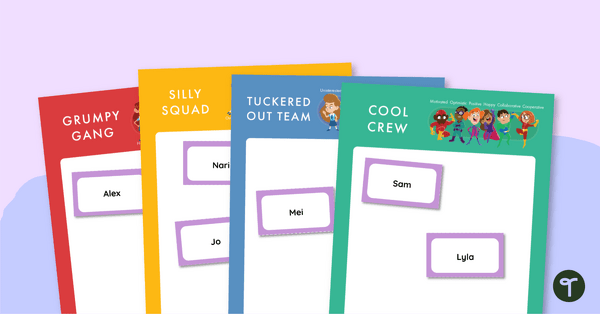
teaching resource
Emotional Self-Regulation Check-In Posters
Promote emotional awareness and self-regulation in your classroom with this daily mood check-in routine.
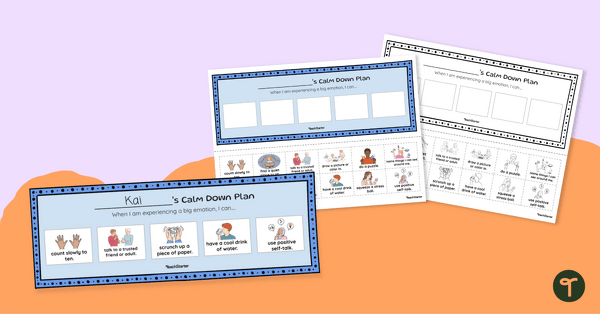
teaching resource
Coping Skills Desk Plates
Download and print calm-down strategy desk plates for your students so they can respond appropriately to big emotions.

teaching resource
How Would I Feel? Sorting Activity
Develop emotional vocabulary using these real-life scenario cards.
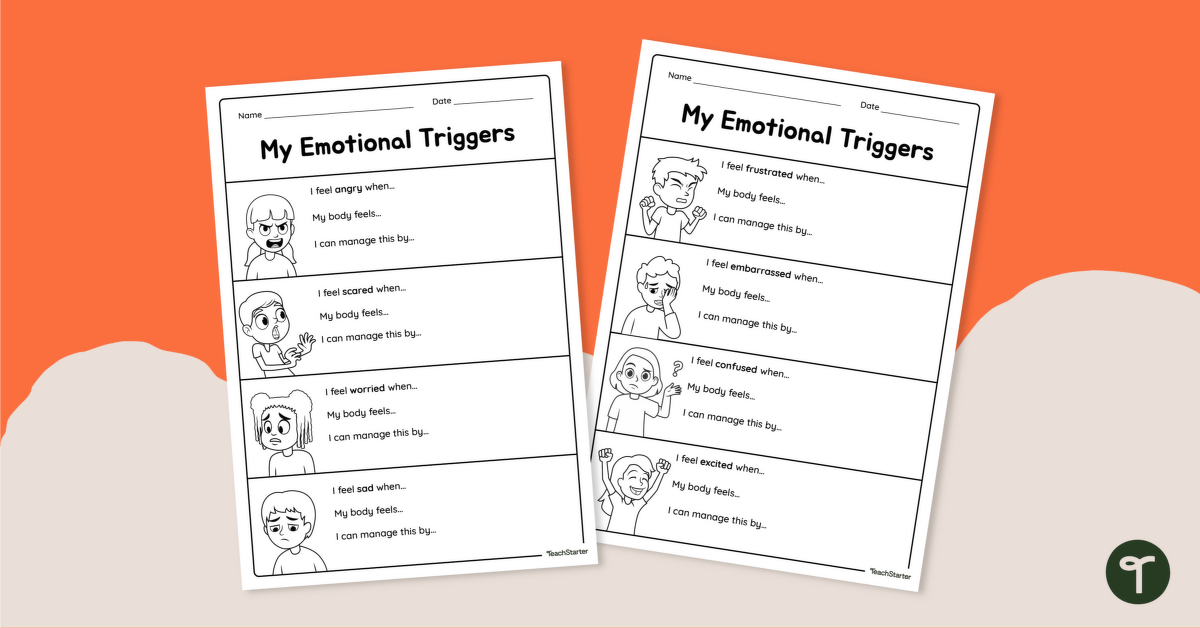

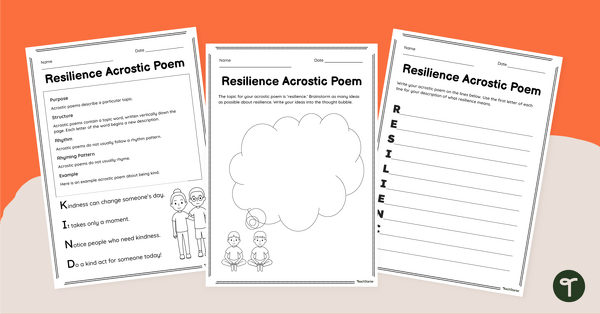
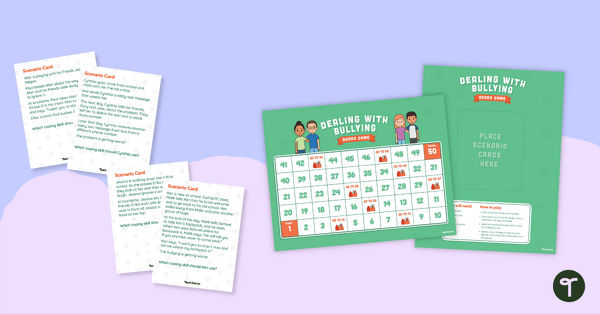
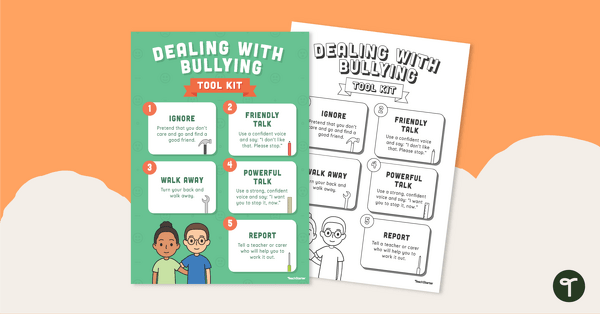
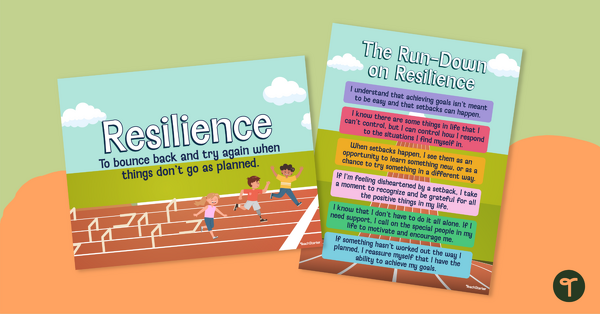
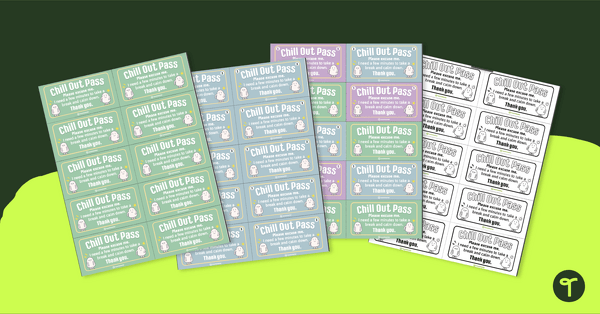
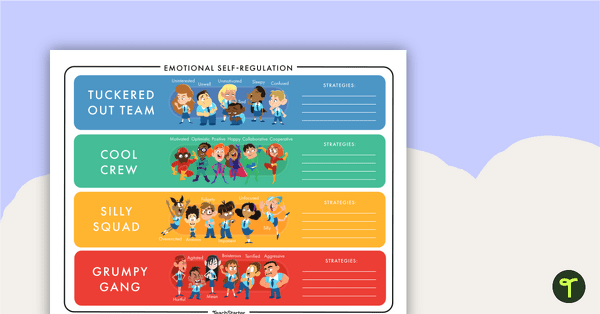
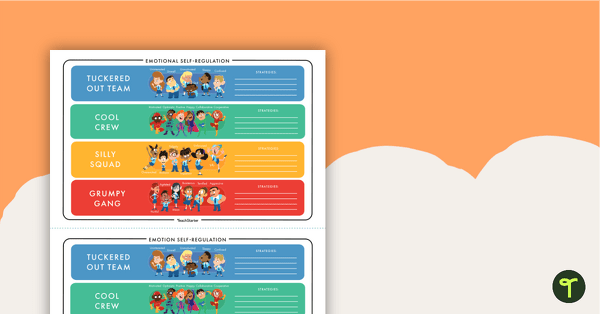
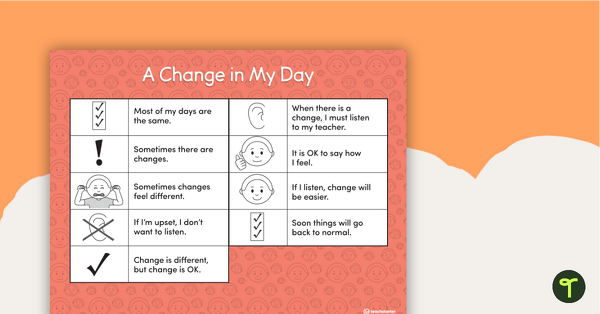
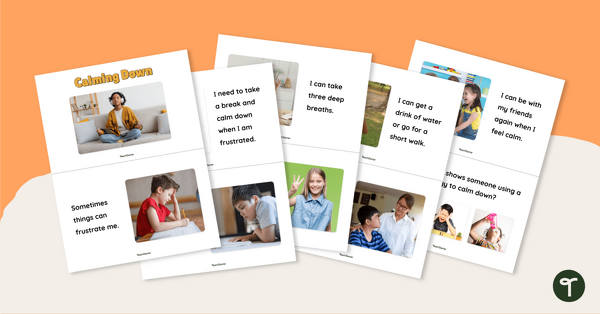
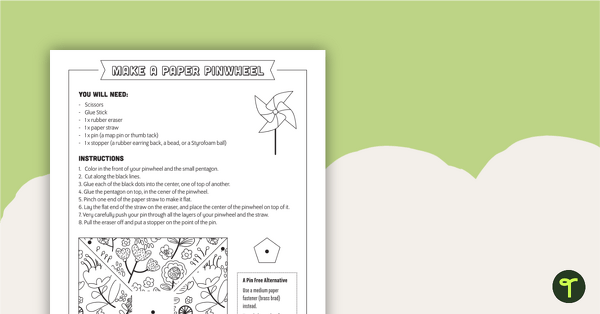
0 Comments
Write a review to help other teachers and parents like yourself. If you'd like to request a change to this resource, or report an error, select the corresponding tab above.